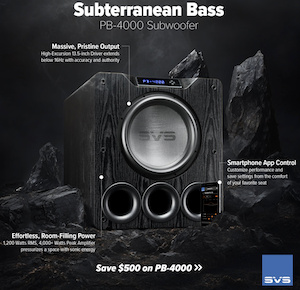Hi guys just to start can someone confirm I have this setup correctly. I have a digital radioshack spl meter that is connected to the line in on my htpc via a phono to jack cable. Then the htpc is connected via hdmi to my avr. I have downloaded the radioshack calibration file. The sound card hasn't been calibrated, not sure how to do this with my configuration.
Anyway some opinions on my graphs will be great. These are all the subwoofer only with the speakers disconnected.
For the first graph what crossover looks best? Notice the difference in the low but then also later in the range it reduces the difference in the peaks etc. Currently got the mains crossed over @ 80Hz but not sure if 60Hz would be best?

This is my sub only with the mains crossed at 60Hz.

This is a comparison with Audyssey on and off to see the sub eq difference. Do you think I'd benefit from an antimode?

Any opinions would be great! Thanks.
Anyway some opinions on my graphs will be great. These are all the subwoofer only with the speakers disconnected.
For the first graph what crossover looks best? Notice the difference in the low but then also later in the range it reduces the difference in the peaks etc. Currently got the mains crossed over @ 80Hz but not sure if 60Hz would be best?
This is my sub only with the mains crossed at 60Hz.
This is a comparison with Audyssey on and off to see the sub eq difference. Do you think I'd benefit from an antimode?
Any opinions would be great! Thanks.
Last edited:












